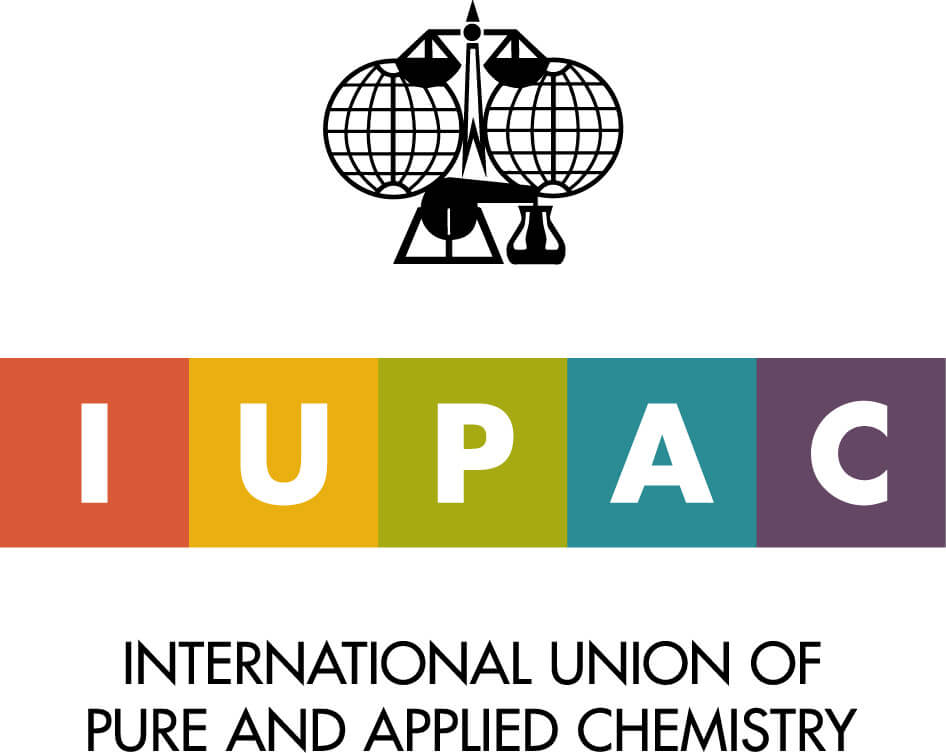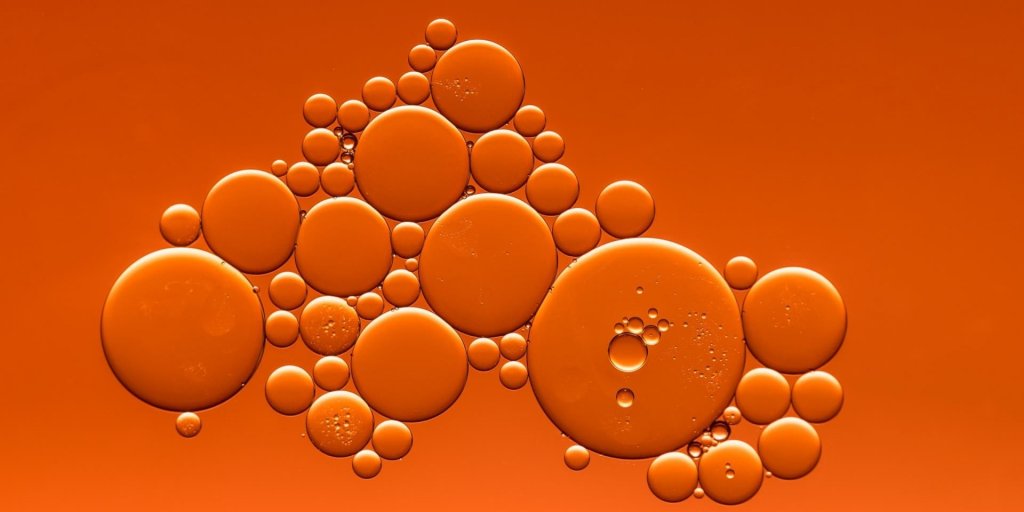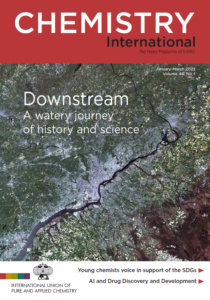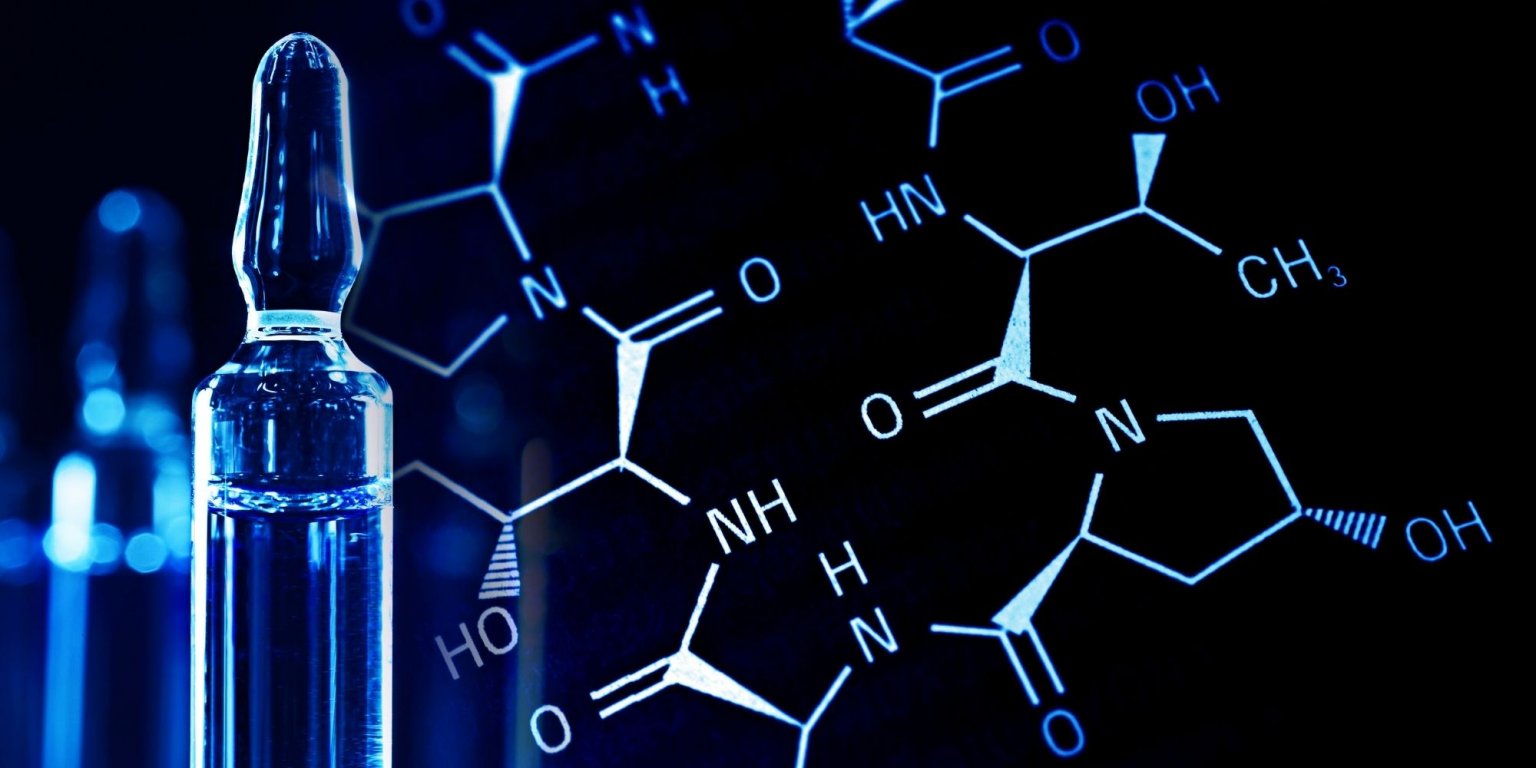
The International Union of Pure and Applied Chemistry (IUPAC), established in 1919, was formed by chemists from both industry and academia. These chemists recognized a need for international standardization of weights, measures, names, and symbols in chemistry. Its predecessor body, the International Association of Chemical Societies (IACS), had met in Paris in 1911 and established the foundation of the standardization objectives that IUPAC would later center its work around.
Aims of the IUPAC

- Foster sustainable development
- Provide a common language for chemistry
- Advocate for the free exchange of scientific information
- Develop recommendations to establish unambiguous, uniform, and consistent nomenclature and terminology for specific scientific fields, including naming new elements in the periodic table
- Develop recommendations for the standardization of methods for measurement, atomic weights and many other critically-evaluated data
- Publish technical reports, journals, books, databases and other information resources that facilitate the conduct of scientific research, conferences, and the provision of awards for the recognition of scientific excellence.
Governance and Structure

The Governance of IUPAC is accomplished through three inter-related units: the Council, the Bureau, and the Executive Committee. In addition, its goals and objectives are reached through the activities of the Standing Committees, Divisions, Commissions, and other requisite bodies as determined by the Council.
IUPAC’s work is accomplished by the more than 4,000 dedicated volunteers from their global community of members who work through established IUPAC bodies and ad hoc Task Forces to meet their goals. They are supported in their efforts by the IUPAC Secretariat, currently located in Research Triangle Park, NC, USA, and the IUPAC Leadership Team.
In addition to hosting numerous conferences and seminars every year, the scientific work of IUPAC is conducted largely through a formal project system in which proposals from chemists around the world are peer-reviewed.
Global Women’s Breakfast (GWB)
The Global Breakfast is an event that happens on a single day in February of each year with the aim to celebrate the accomplishments of Women in Science and to inspire younger generations to pursue careers in science. Women and men from all types of science organizations come together to share breakfast either virtually or in person, establishing an active network of both men and women to overcome the barriers to gender equality in science.
Systems Thinking in Chemistry For Sustainability: Toward 2030 and Beyond (STCS 2030+)
As the material basis of society and sustainability, chemistry has a compelling role to play as the world approaches 2030, the target date for attaining the UNSDGs. But new approaches to both the design of chemical reactions and processes and to chemistry and the other basic sciences will be needed to make more rapid progress.
The rapidly emerging area of systems thinking in chemistry shows strong potential as a framework to help guide and support IUPAC in giving leadership to and through chemistry as the world approaches 2030, 2050, and beyond.
Project Objectives:
- Highlight and support chemistry education’s contributions to strengthening the centrality of chemistry as a sustainability science, engaging with IYBSD 2022 to incorporate ST as a fundamentally important approach to support integrating human needs and science in the service of planetary sustainability.
- Formulate recommendations to guide use of ST in chemistry education; and establish and maintain for at least the duration of the project a website to facilitate uptake.
- Initiate discussions with COCI to explore (a) ways chemical industry can contribute to outcomes of the IYBSD, (b) ways chemical industry views systems thinking and its incorporation into chemistry education, and (c) the potential for mechanisms to increase the capacity of industry to incorporate ST.
Quarterly Publication: Chemistry International

Chemistry International (CI) is the newsmagazine of the IUPAC. It features news about IUPAC, its chemists, publications, recommendations, conferences and the work of its Divisions and Committees along with special feature articles.

Visit the IUPAC website
Follow IUPAC on Twitter @IUPAC

Follow IUPAC on Instagram @iupac.global.womens.breakfast

Follow IUPAC on Facebook @IUPAC.org

Follow IUPAC on YouTube @IUPAC
The International Union of Pure and Applied Chemistry (IUPAC) has been a Member of the International Science Council since 1922.
Photo 1 by Isak55 on Getty Images
Photo 2 by RephiLe water on Unsplash
Photo 3 by Sharon Pittaway on Unsplash
Photo 4 by Utah778 on Getty Images Pro



